An electric or combustion motor’s mechanical energy is transformed into compressed air’s potential energy via a compressor. There are different types of air compressors.
There are two types of compressors: reciprocating and rotary.
Vane and screw are the main categories under rotary, whereas piston and diaphragm are the main categories under reciprocating.
Reciprocating Compressors
Single Stage Piston Compressor
In a single stroke, air at atmospheric pressure is compressed to the necessary pressure.
Air enters the cylinder through the inlet valve when the piston moves downward, increasing volume to create a pressure that is lower than atmospheric pressure.
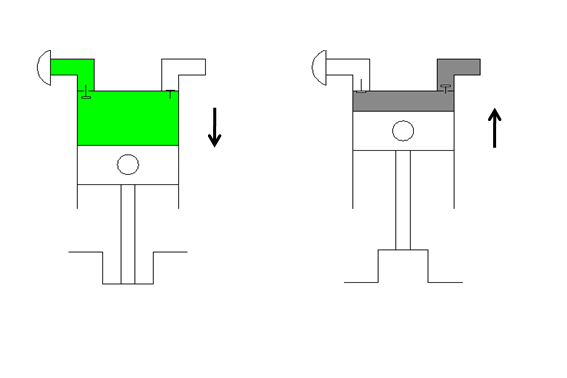
Single Stage Piston Compressor
When the piston completes its upward movement at the end of the stroke, the inlet valve closes due to air compression, causing the outlet valve to open and releasing air into a receiver tank.
This kind of compressor is typically utilized in systems that require air pressures between 3 and 7 bars.
Two Stage Piston Compressor
When air is compressed above 6 bar in a single-stage compressor, the excessive heat produced significantly lowers the efficiency. Because of this, industrial compressed air systems often use two-stage piston compressors.
Atmospheric pressure air is sucked in and compressed twice to its final pressure.
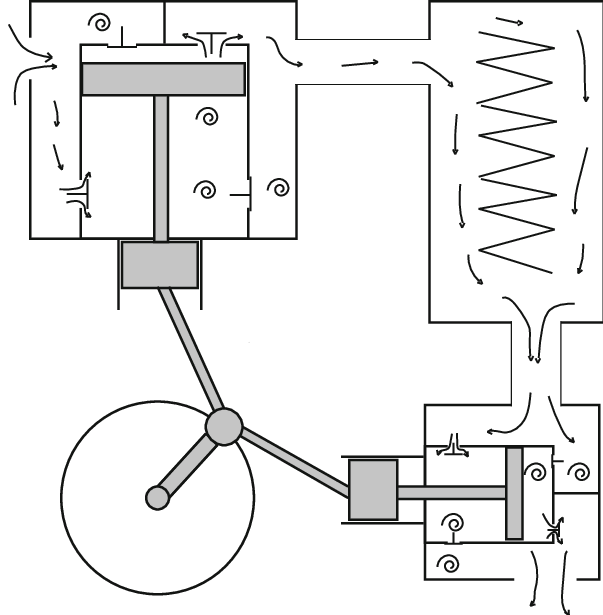
Two Stage Piston Compressor
if 7 bar is the final pressure. The air is often cooled after the first stage, which compresses it to about 3 bar. After that, it is fed into the second stage cylinder, which is squeezed to 7 bar.
When compared to a single-stage device, efficiency is increased since compressed air reaches the second stage cylinder at a significantly lower temperature after passing through the input cooler. The temperature of the final delivery could range from 120 degrees Celcius.
Diaphragm Compressor
Food, pharmaceutical, and other industries frequently employ diaphragm compressors because they deliver compressed air in the 3-5 bar range completely free of oil.
The diaphragm alters the volume of the chamber. This enables compression during the upstroke and air intake during the downstroke.
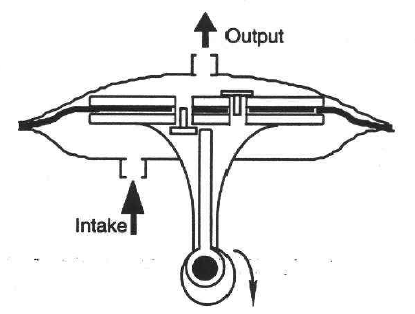
Diaphragm Compressor
Similar sorts of portable compressors with a <=1 kW electric motor make them perfect for spray painting. These are the types of air compressors in the reciprocating category.
Rotary Compressors
Let’s see some of the types of air compressors in the Rotary category
Rotary Sliding Vane Compressor
This has a rotor placed eccentrically with a number of vanes skiing in radial slots.
The distance between adjacent blades narrows from the air inlet to the air exit as the rotor rotates, compressing the air as the vane is kept in contact with the stator wall by centrifugal force.
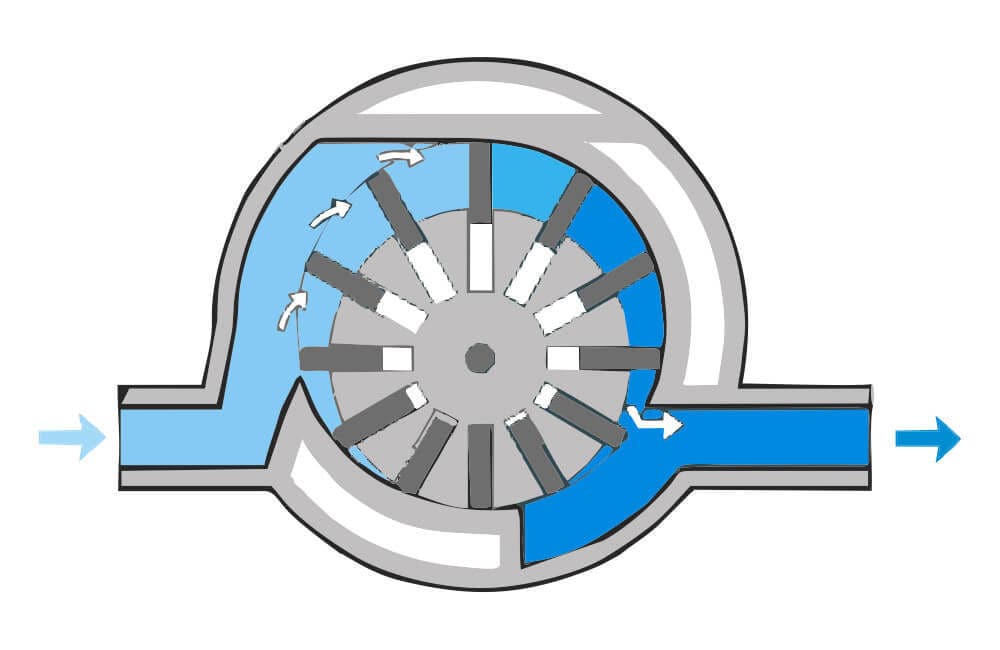
Vane Compressors
By introducing oil into the air stream close to the entrance, lubrication and sealing are achieved. Additionally serving as a cooler, oil controls delivery temperature.
Screw Compressor
In opposition to one another, two helical rotors are meshing. The air confined between the rotors is compressed as the volume of the empty space between them shrinks axially.
The rotating screws are lubricated and sealed together by oil flooding. This oil is taken out of the exit air using oil separators.
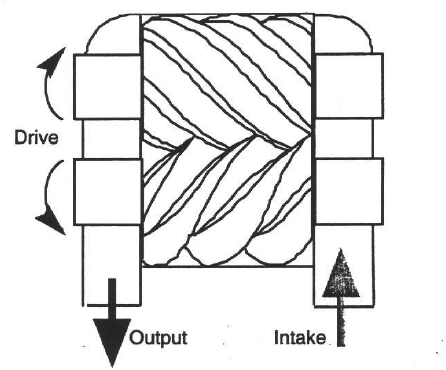
Screw Compressor
These devices are capable of producing continuous high flow rates of more than 400 m3/min at pressures of up to 10 bar. This kind of compressor gives a constant, pulse-free delivery more than the Vane Compressor does.
Although screw and vane types are gaining popularity, reciprocating machines are still the most popular industrial air compressors.
These are the types of air compressor available. To know more about pneumatics or if you want to purchase Pneumatic products contact us or WhatsApp us at +91 7980684655

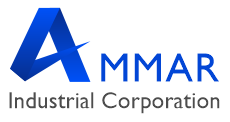
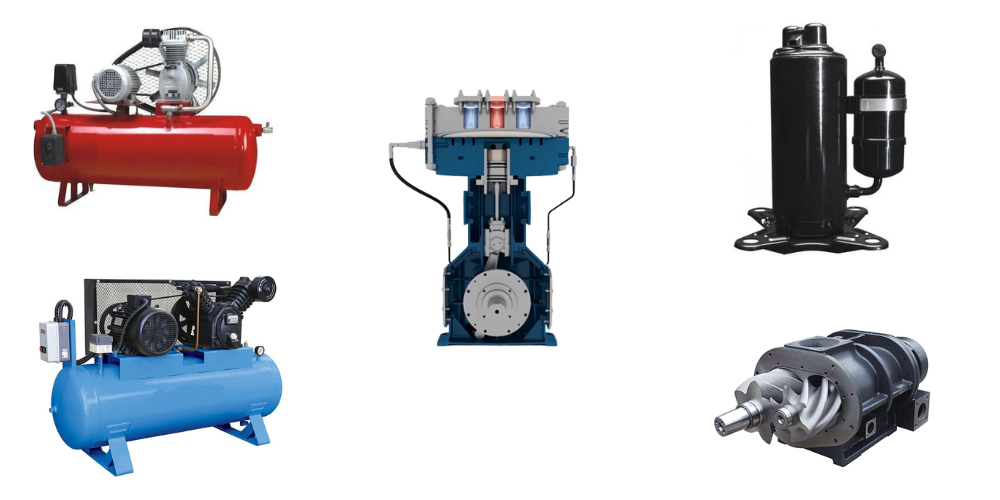
Recent Comments